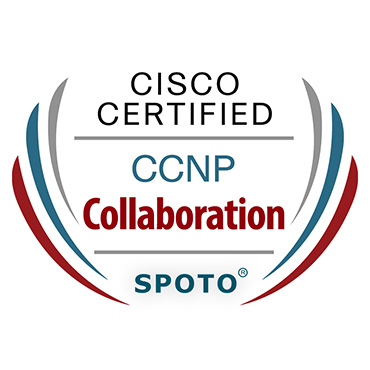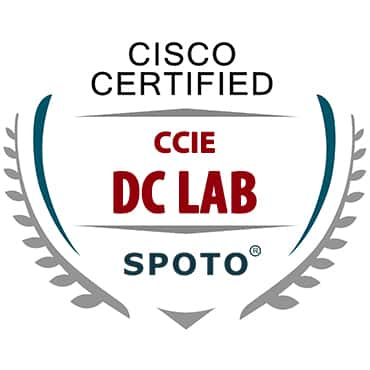Network Virtualization Software
Network virtualization software would be allowing network administrators to move virtual machines around different domains without reconfiguring the network. The software would be creating a network overlay that could run separate virtual network layers on top of a similar physical network. Before we move further, you should opt for the training courses by the SPOTO Club to achieve success in IT Certification.
Why Network Virtualization?
NV would be decoupling network services from the underlying hardware as well as allows virtual provisioning of an entire network. Physical network resources, like the switches and routers, would be pooled and accessible by any user via a centralized management system. NV would be also enabling automation of many administrative tasks, decreasing manual errors as well as provisioning time. It could provide greater network efficiency and productivity.
Types of Network Virtualization
Internal virtualization: Utilizes software containers for mimicking or providing the functionality of a single physical network.
External virtualization: Combining multiple parts or networks of networks into a virtual unit.
NSX Network Virtualization
VMware NSX Data Center is considered to be a network virtualization platform, distributing networking as well as security entirely in one software, abstracted from underlying physical infrastructure. NSX would be to utilize the software for providing networking functions like switching, fire-walling, and routing. This means that multiple users would be able to share the same physical environment utilizing virtual networks invisible to each other for increasing efficiency and security.
What is Virtual Routing and Forwarding?
Virtual Routing and Forwarding (VRF) is considered to be a physical router that is divided into numerous virtual routers. The VRFs could be separated completely from each other as well as the same subnet could be utilized in several VRFs. VRF routers could be communicated with each other with an address family that would be working with an RD (Route Distinguisher) as well as an IP address.
What is the Port Channel?
Port Channel (PC) is considered to be the combination of numerous physical links into one virtual link. Another name for this is believed to be the Ether Channel (EC) or Link Aggregation Group (LAG). If one of the connected links fail, the virtual link would be continuing to work. You could apply PC or LAG for ports on Layer 3 PC (routers) or Layer 2 PC (switches). Because the switch sees a PC as one virtual link, a broadcast storm couldn’t occur. You could apply Port Channel for idleness for load balancing between physical links.
What is a Virtual Switching System?
With a Virtual Switching System (VSS), two physical switches, as for example the primary, as well as the second switch, would be combined into one virtual switch. The virtual switch has one management plane as well as one control plane. In the example above this is considered to be the case with the two distribution switches that would be connected with a Virtual Switch Link (VSL). Both the access switches observe one logical distribution switch. Because there is a Port Channel between the access switch as well as the distribution switch, the Spanning Tree Protocol isn’t needed. VSS could be utilized with the Cisco Switch series 4500 and 6500.
What is a Virtual Device Context?
With a Virtual Device Context (VDC), which is a physical switch could be divided into several switches. You would be able to divide a primary Nexus switch into a primary Core VDC as well as primary Aggregation VDC.
If you wish to have more information regarding the Network Virtualization Concepts, you should acquire the study dumps, which are being offered at the SPOTO Club, for obtaining success in IT Certifications.













Comments